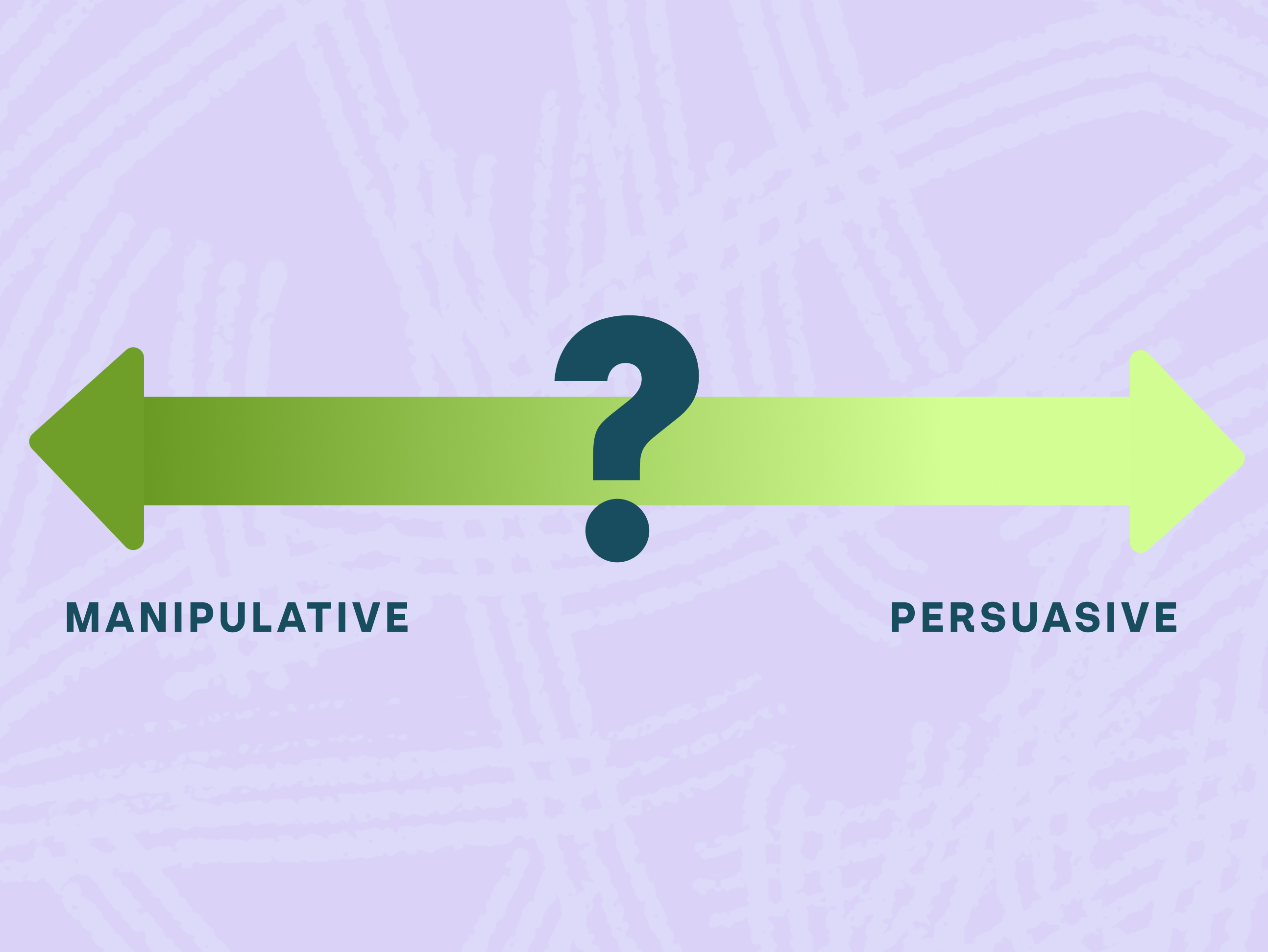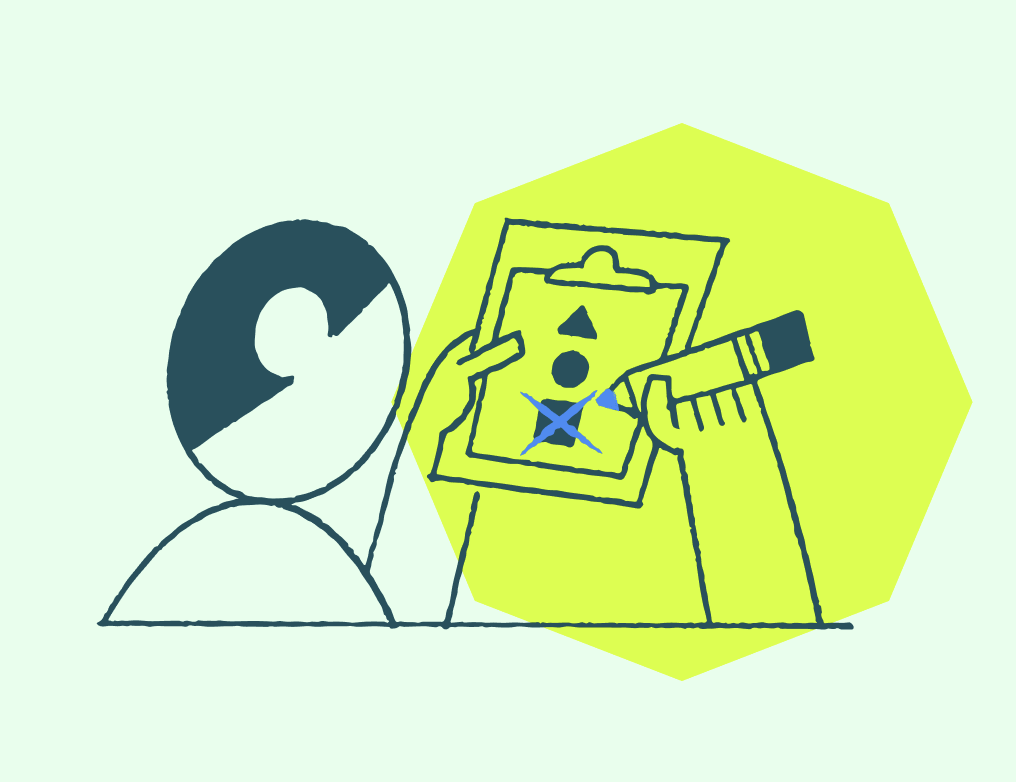The power of design systems
How design systems streamline product development & improve user experiences
.png)
TL;DR
- Design systems serve as the foundation for designing and developing digital products that can easily scale.
- They improve consistency, collaboration, & efficiency.
- If you want to stand out and create great experiences, they’re worth the investment.
So, you 're interested in design systems?
User experience (UX) is everything in today’s marketplace. It is one of the biggest determining factors on whether a product will be successful or not. That’s why having a rock-solid design system in place is so crucial to your brand. But remember, not all design systems are created equal. In fact, most of them are missing the most valuable parts.
What is it, exactly?
NN/g summarizes design systems as “a set of standards to manage design at scale by reducing redundancy while creating a shared language and visual consistency across different pages and channels.”
Boil it down and a design system serves as the foundation for designing and developing digital products.
We’ve found that many organization’s have built their design system more akin to a style guide, featuring a collection of components, buttons, colors, text styles, etc. If this sounds familiar, that’s okay! This is a great starting point, but design systems need more meat on the bone. They need a deeper level of thinking, consideration, and documentation to really be effective.
They need a deeper level of thinking, consideration, and documentation to really be effective.

Some of the most important aspects of a design system that are often missed include:
- Design system thinking: how everything relates within the larger system
- Proper documentation: the what, when, where, and how
- Defining principles: the organization’s perspective on how they build experiences
Make sure you absolutely crush these three, but don't stop there. Follow it up with this design system checklist.
It aligns with business goals and user needs
Take into consideration the needs of your users, as well as the goals of your organization and make sure they are both documented.
Clear guidelines & standards are documented and up-to-date
Be sure to detail intended functionality and use-cases for all components and styles. Guidelines should also be easy to understand and follow, and consistently enforced throughout the organization.
Encourage Reusability
Save time and effort by having a library of reusable components & styles readily available
Foster Adaptability
Your design system must be adaptable to change. It must be able to easily evolve as technology, trends, and your user’s needs evolve.
Convert Advocates to Evangelize Adoption
A design system won’t go anywhere without the right people championing it. You need advocates who can clearly communicate its importance across the entire organization
Ensure developers are establishing corresponding components in code
A common misunderstanding that we hear is that a design system is a visual design artifact—like a Figma file, for example. But unless there is a corresponding system being created in code by a development team, the design system is only half-complete.

Why you need a (improved) design system
Is your product team stretched?
Need to scale your offerings?
Does your process need improving?
Could your product design be more consistent?
Do your users crave a better experience?
You get the point. If you answered yes to any of these, integrating a design system (brand spanking new or an improved version) could be the answer to solving your problems.
They help teams create consistent, improved experiences across all of their digital offerings with greater efficiency. And they promote collaboration. And saves on time and resources. And cuts down on design missteps. And a lot more, but here are a few worth pointing out.
Improved consistency in design
No matter how many digital products or services you offer, a design system will improve consistency across *all* of them—regardless of who is working on the project.
Think of this in the context of a private healthcare practice. There’s always a laundry list of critical tasks to complete for patients, the last thing they have time for is learning your new product. But if it follows a similar flow and design language to your other products, adoption rates will come up to speed much quicker than if they need to learn something bespoke.
When everything is created and maintained around a unified design system, users take notice. They find it easier to adopt new features or products and understand how they work. A better experience for them, increased loyalty and brand identity for you. Winner winner, chicken dinner.
Your internal teams will thank you, also. It becomes so much easier for designers and developers to work across multiple projects when they have a single source of truth. Think of it as a shared language between teams.
Better efficiency, fewer errors
A well-designed system increases efficiency throughout the entire product design process. Teams no longer need to create one-off components or variations for every single interaction. Instead, they know how and when to reuse existing components and, more importantly, how that fits into the broader system.
Design systems give teams a foundation of patterns, styles, and components to start with—they aren’t constantly recreating the wheel every time. This allows your team to make decisions quickly and confidently, which results in fewer missteps or accessibility and compliance headaches.
And the teams that are building specific products for various audiences and/or platforms can spend more time on custom components and variations for the specific use-cases they are designing for.
Better cross-team collaboration
Design systems improve collaboration across your entire organization and allow teams to work together seamlessly. It’s not just for designers either. It’s a resource for everybody — engineers, product, marketing, researchers, sales, and any third-party developers or other external partners.
Design and development are now in lockstep, issues can be quickly addressed and resolved, and ideas can be iterated on and prototyped with lightning speed.
This is great for the organization because work silos are broken down and it ensures all products are designed and developed with the same goals in mind. And that means a better user experience.

Worth the investment
Design systems are essential to modern product development and once you have one you’re proud of, you’ll wonder how you ever existed without it. They are living, breathing documents that evolve with you and your users over time.
They are the key to creating badass products that your users love, that can easily scale. It’s an investment that will return 10x, sooner than later.
Here are some great resources for you to have on hand when creating a design system.
Want to dive more into creating successful digital products? Check this out.
What's next?
- Have a project you’re working on and need some support? Reach out to us.
- Do you just want to chat about product, UX, research, process and methodologies? We’re down for that too. Reach out to us.
- Do you want to avoid talking to another human-being right now? We get it. Sign up for our Curious Communications newsletter to stay up to date on all things UX, ZoCo Design, and other curiosities. We’ll hit your inbox every few weeks.
Check out our Ultimate Guide to UX Research & Product Design Services
Looking for insights for healthtech product leaders, delivered to your inbox every few weeks? Sign up for our newsletter.
Currently exploring
UX Mastery



.svg)
.svg)
.svg)
.svg)
.svg)
.png)


.svg)

